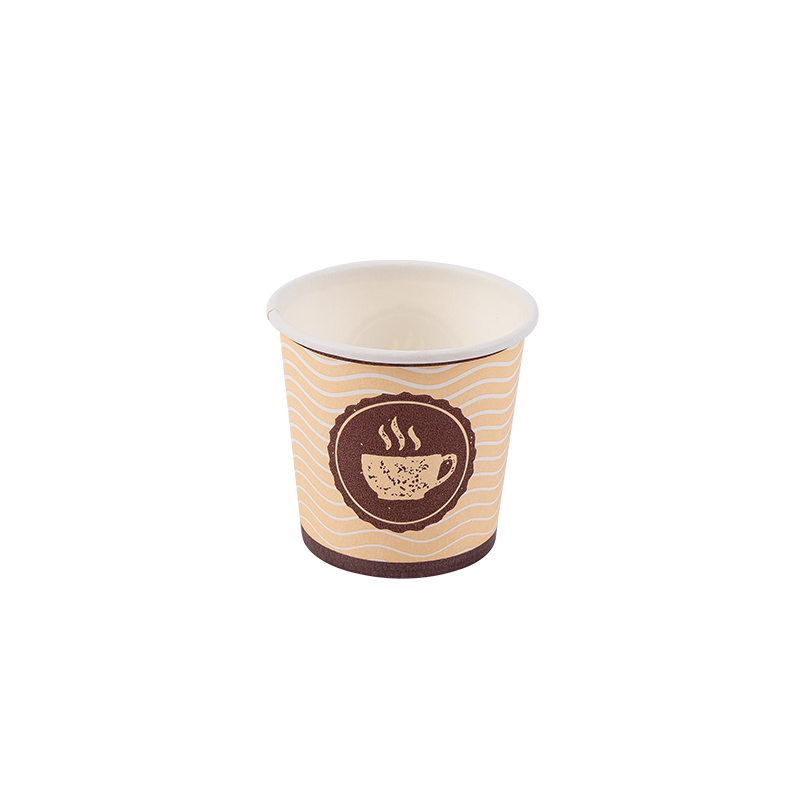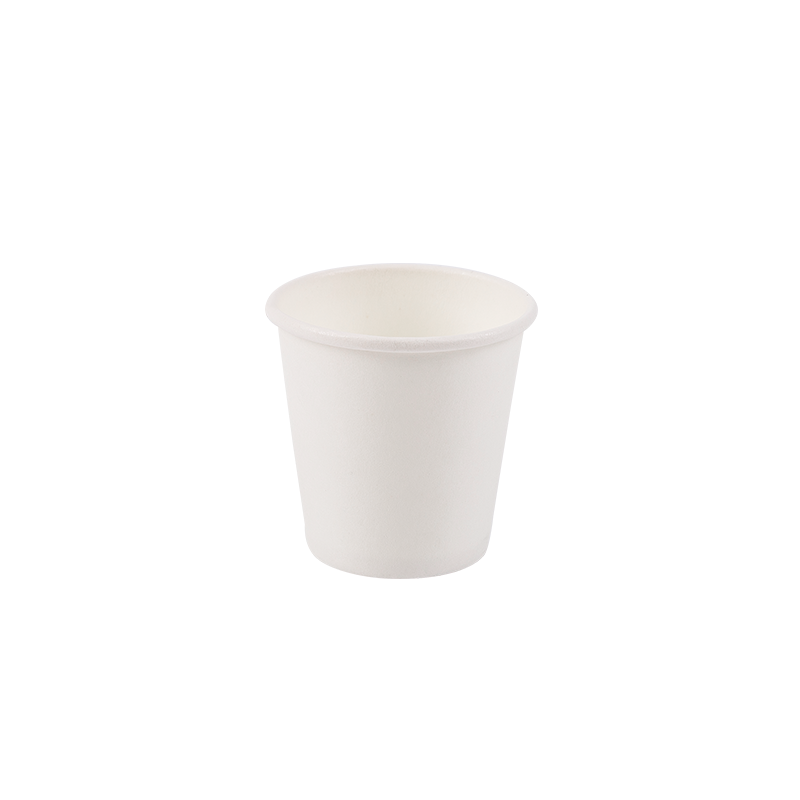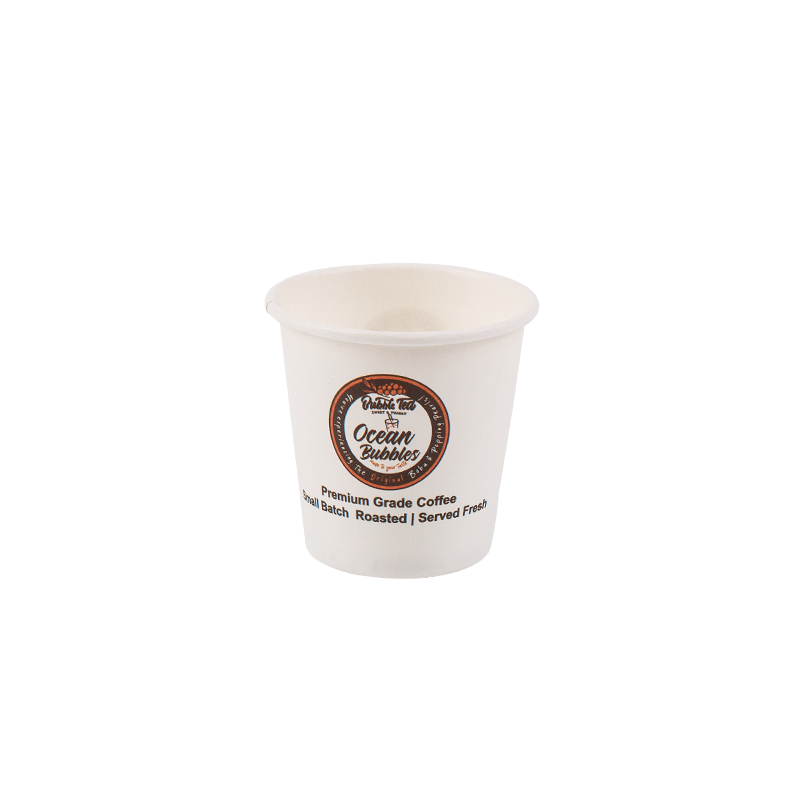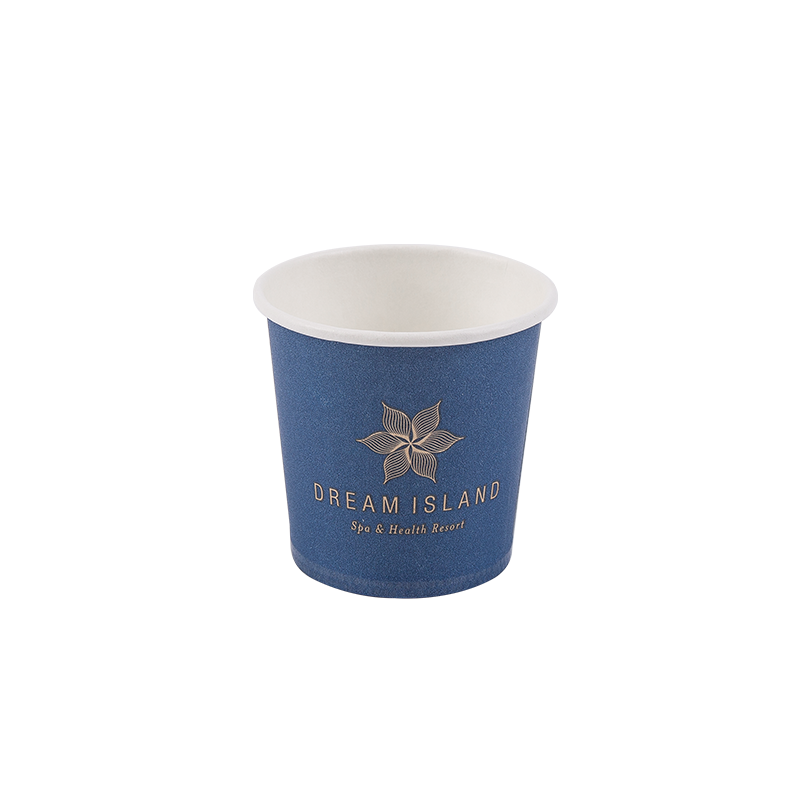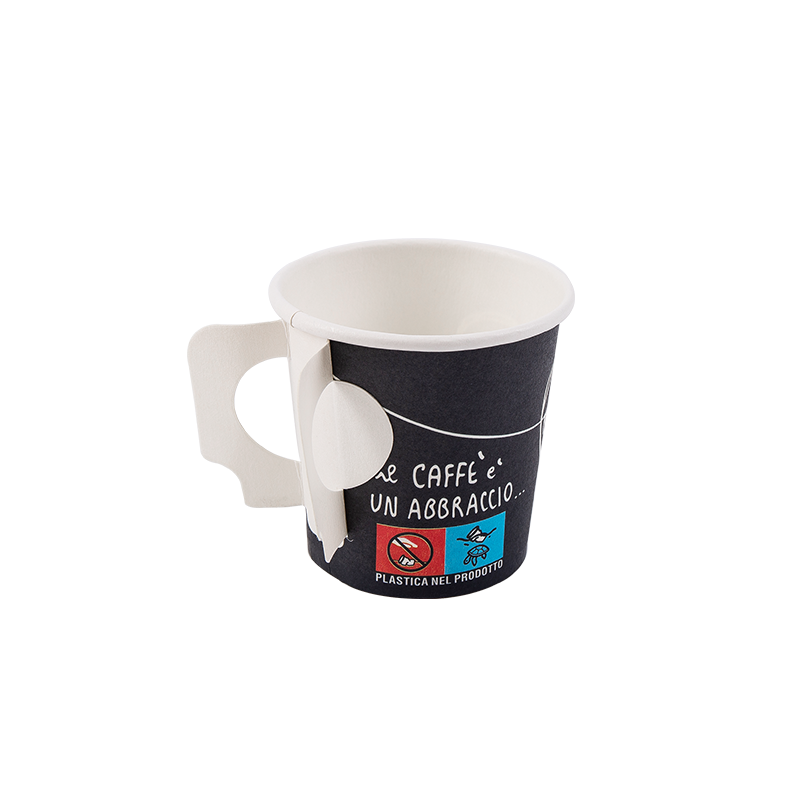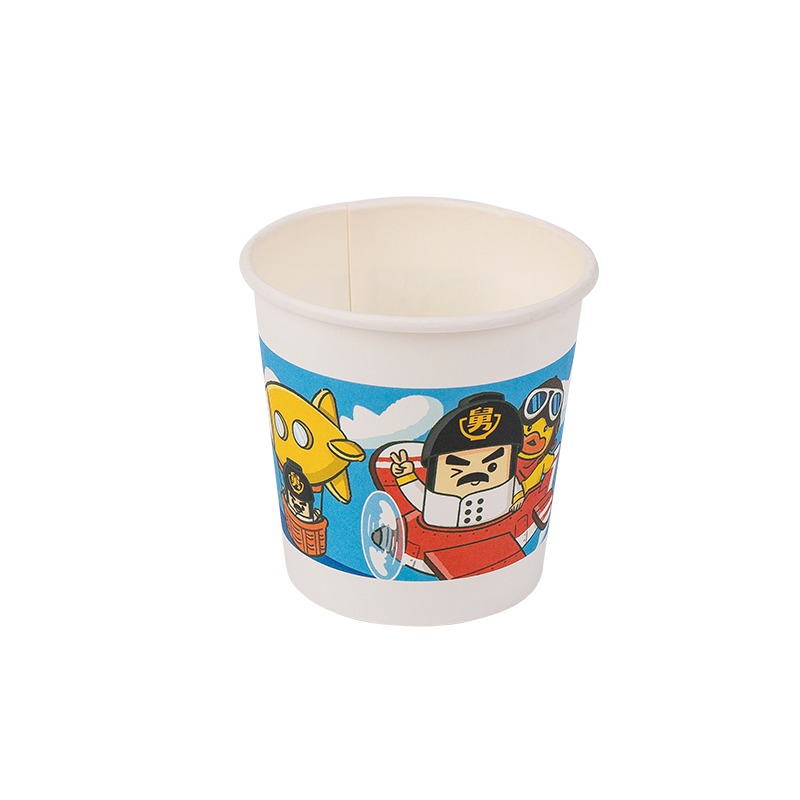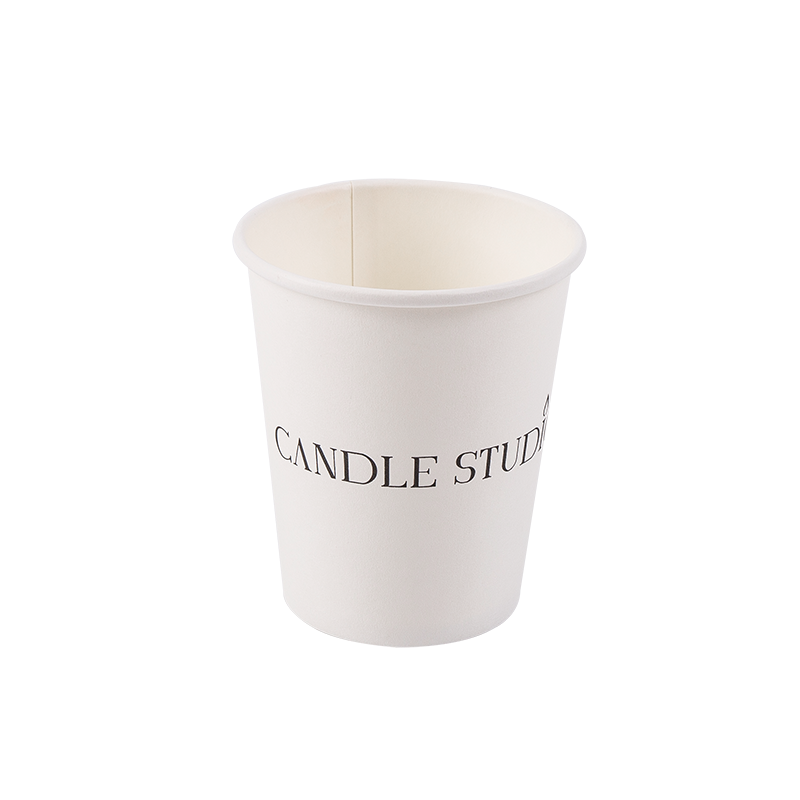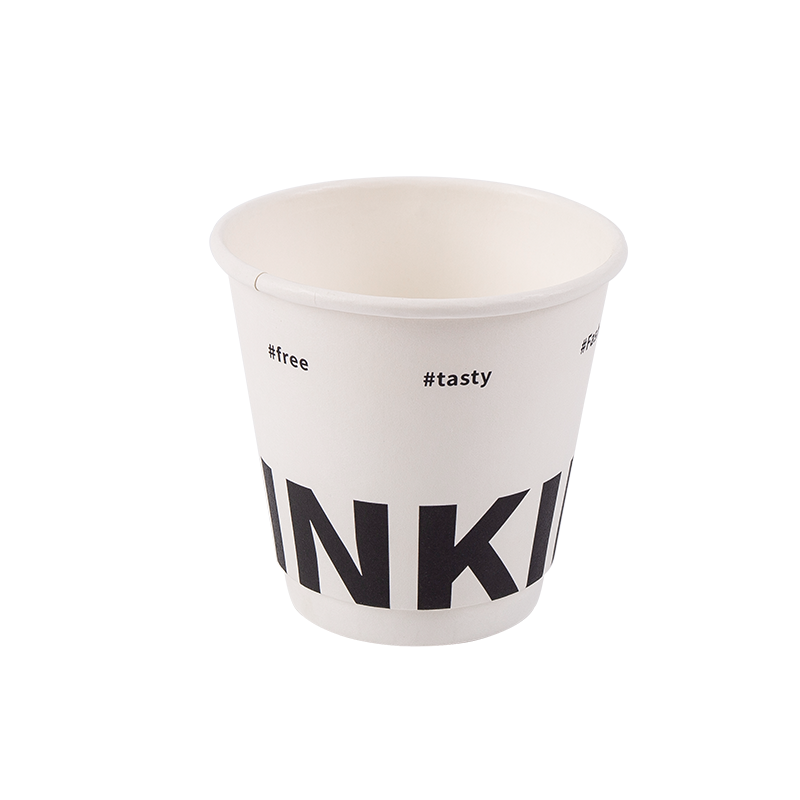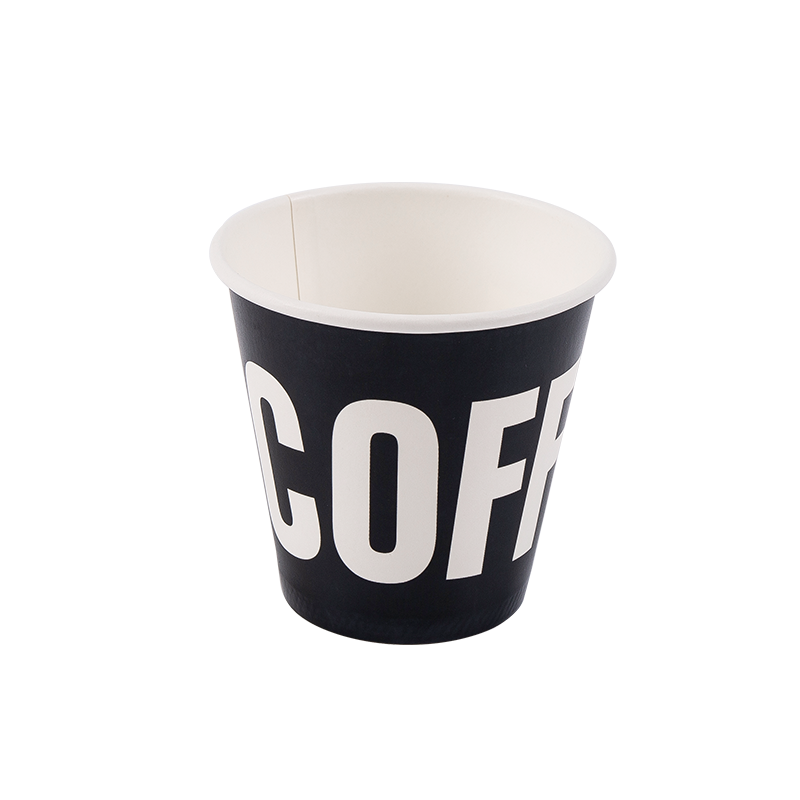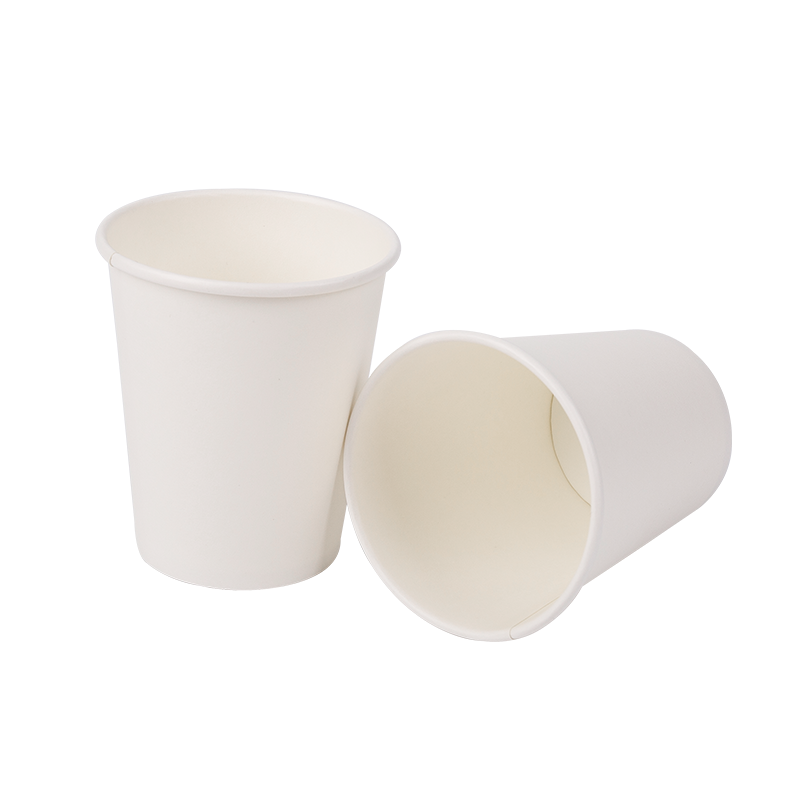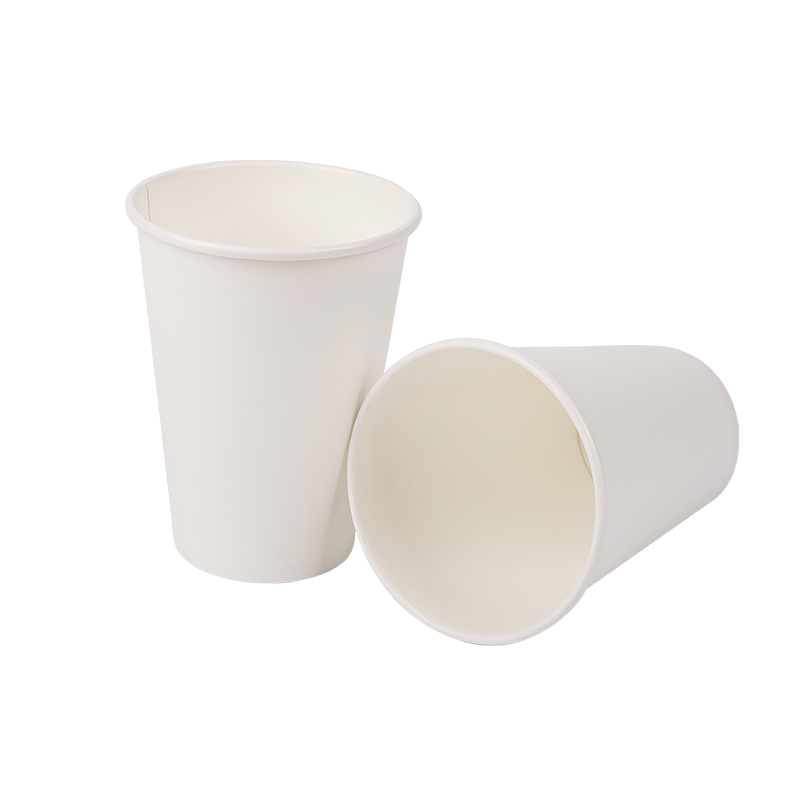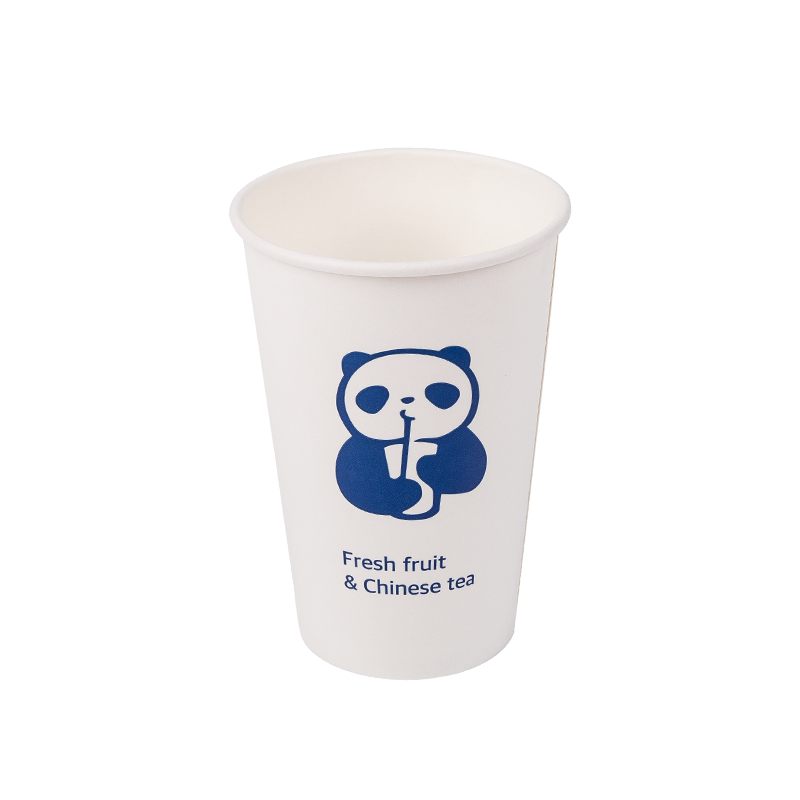The humble disposable cup lid is an accessory often overlooked but essential to the modern, mobile consumer. Far more than a simple cap, this small piece of design ingenuity plays a critical role in safety, convenience, and the overall enjoyment of a takeaway beverage. From the morning rush for coffee to a midday iced tea, the correct lid transforms an open container into a spill-proof, temperature-controlled vessel.
Functionality: More Than Just a Cover
The primary function of any disposable cup lid is, of course, containment. A properly secured lid prevents the liquid within—be it scalding hot coffee or a frothy, cold-blended drink—from sloshing out during transport. This is a critical safety feature, particularly for hot beverages, significantly reducing the risk of burns.
Beyond basic containment, modern lid designs have evolved to enhance the user experience:
-
Sip-Through and Sipper Lids: These feature a raised spout or small opening, allowing consumers to drink without fully removing the lid, a hallmark of convenience for commuters. Many contemporary designs are "strawless," offering a more eco-conscious way to enjoy cold drinks.
-
Dome Lids: Characterized by their rounded, elevated shape, dome lids are typically reserved for cold beverages like smoothies, milkshakes, or iced coffees, providing extra headspace for whipped cream, foam, or a generous layer of ice. They often incorporate a straw hole in the center.
-
Pop-Open/Reclosable Lids: These designs include a hinged tab that covers the drinking aperture, providing an extra layer of spill protection that can be easily sealed during walking or driving.
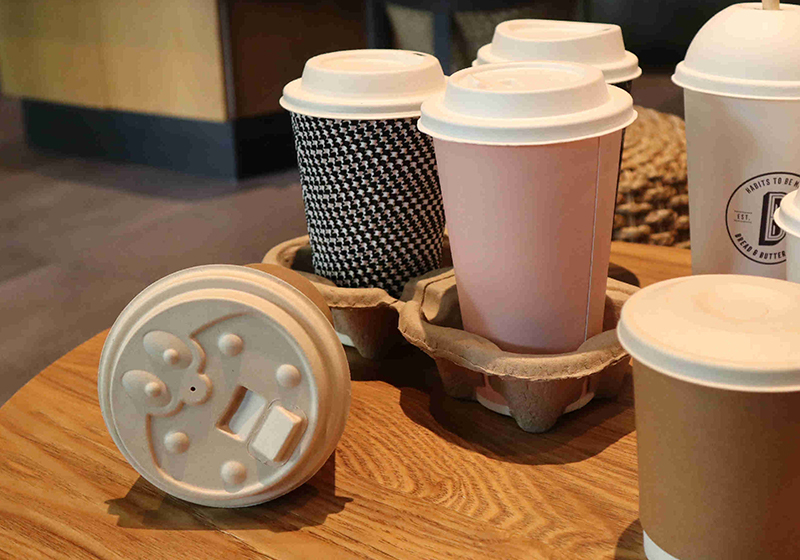
Materials and the Green Evolution
The materials used for disposable cup lids are a fascinating study in balancing cost, performance, and sustainability. Traditionally, lids have been manufactured from various petroleum-based plastics:
-
Polystyrene (PS): Historically common for hot drinks due to its rigidity and insulating properties, though its environmental profile has driven many companies to seek alternatives.
-
Polypropylene (PP): A durable plastic, often used for its superior heat resistance and secure fit.
-
Polyethylene Terephthalate (PET): Favored for cold cups because of its clarity and high recyclability rate.
However, the growing global focus on environmental impact is driving significant innovation in sustainable packaging. The market is rapidly expanding to include eco-friendlier alternatives:
-
Compostable Bioplastics (PLA): Made from renewable resources like corn starch or sugarcane, these lids look and feel like traditional plastic but are designed to break down in industrial composting facilities.
-
Plant Fibre/Bagasse Lids: Crafted from the fibrous residue of sugarcane or other rapidly renewable resources, these molded fibre lids are 100% plastic-free, often home compostable, and represent a major stride toward a circular economy.
-
Paper Lids: Increasingly utilized, paperboard lids are sometimes lined with a bioplastic (PLA) or a water-based dispersion coating to enhance moisture resistance while maintaining compostability.
The Future of the Seal
The design evolution of the disposable cup lid mirrors the acceleration of on-the-go culture. From the simple, flat plastic disc of decades past to the sophisticated, aroma-channeling, and now increasingly sustainable designs of today, the lid is a product of continuous refinement. As businesses strive to meet consumer demand for both convenience and environmental responsibility, the unsung hero that keeps your beverage safe and secure will continue its quiet revolution, one perfectly sealed cup at a time.










 English
English русский
русский Español
Español 中文简体
中文简体